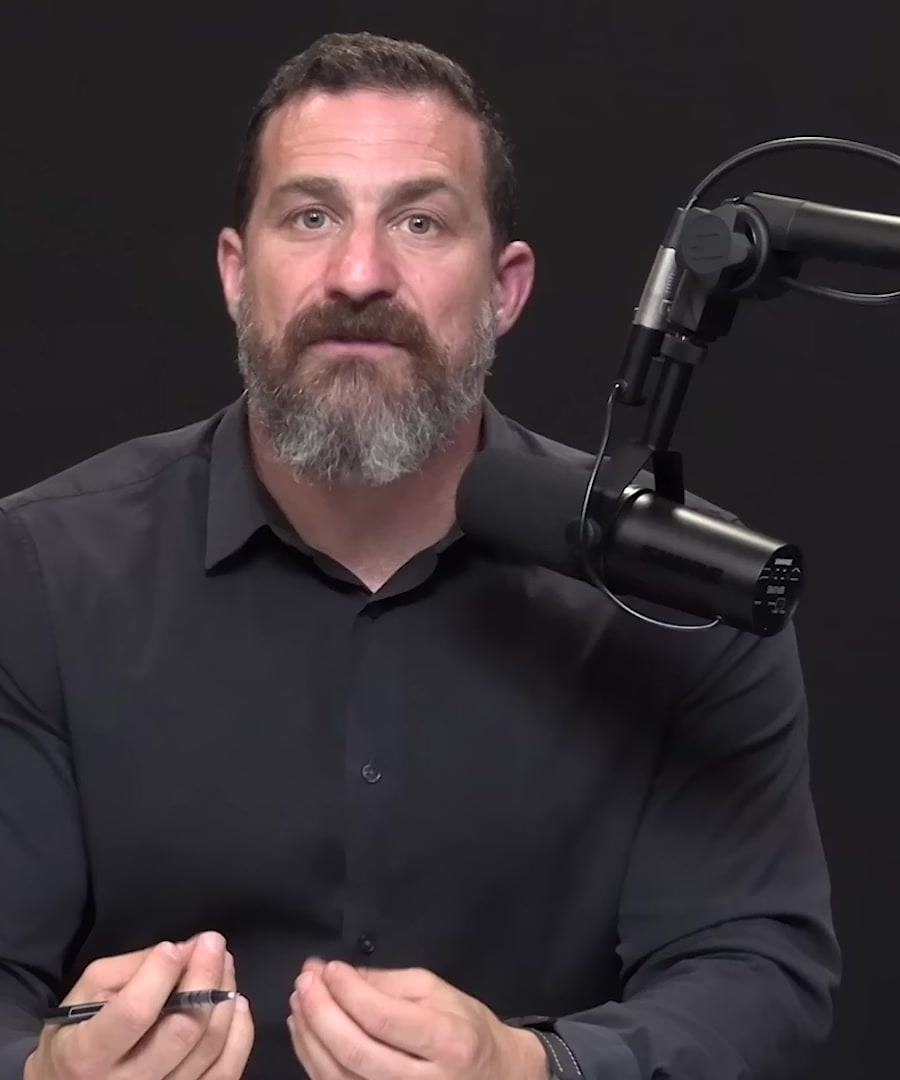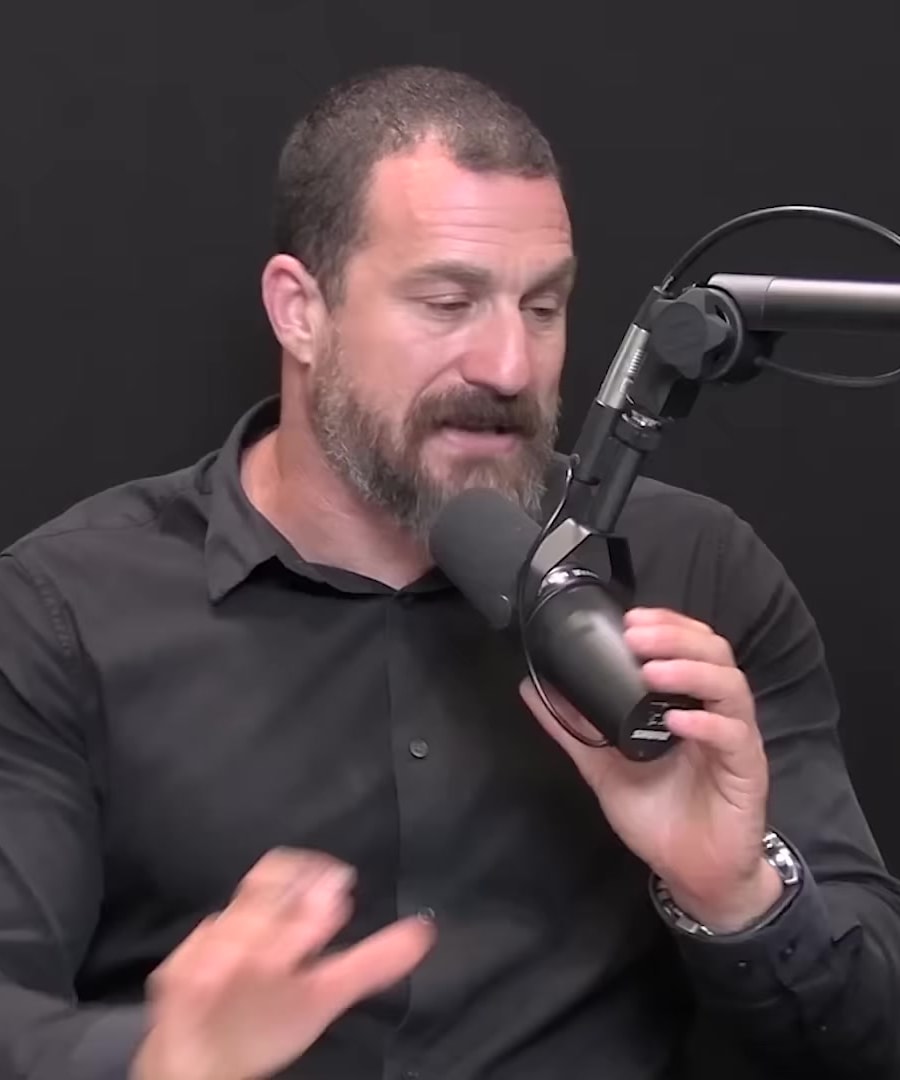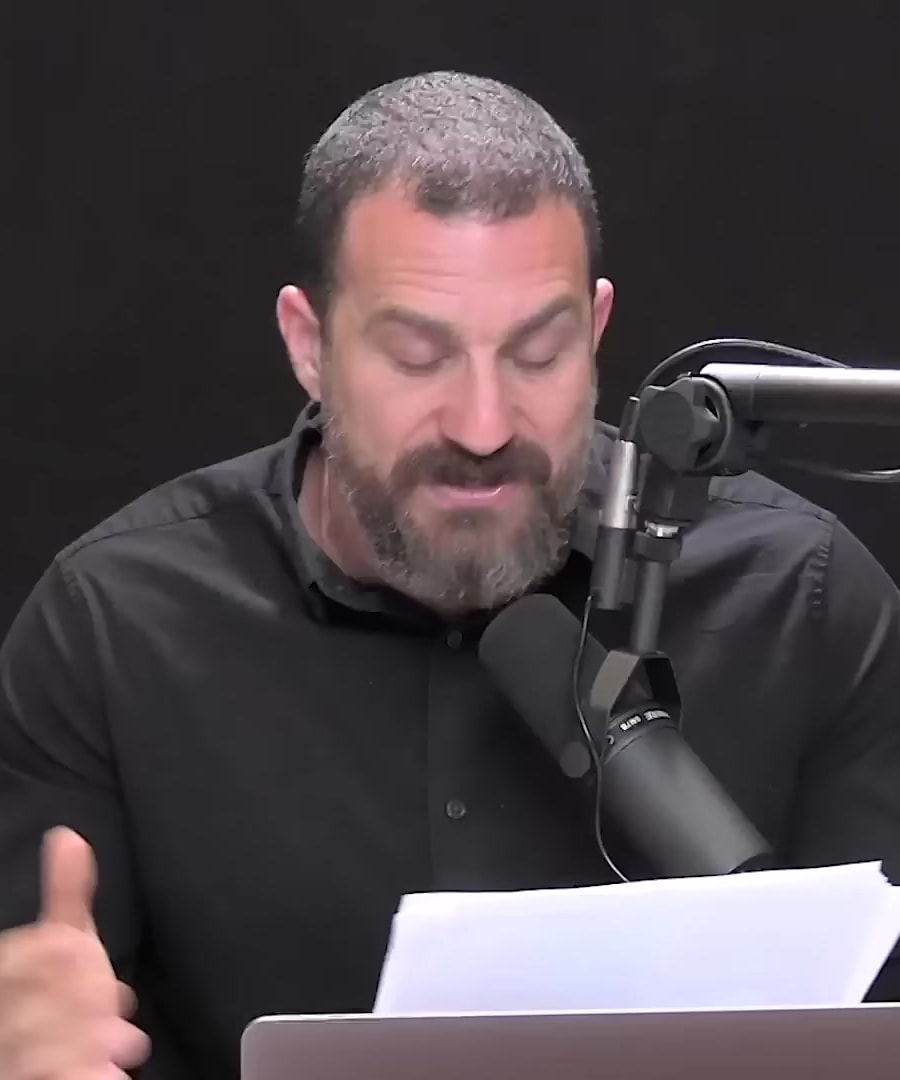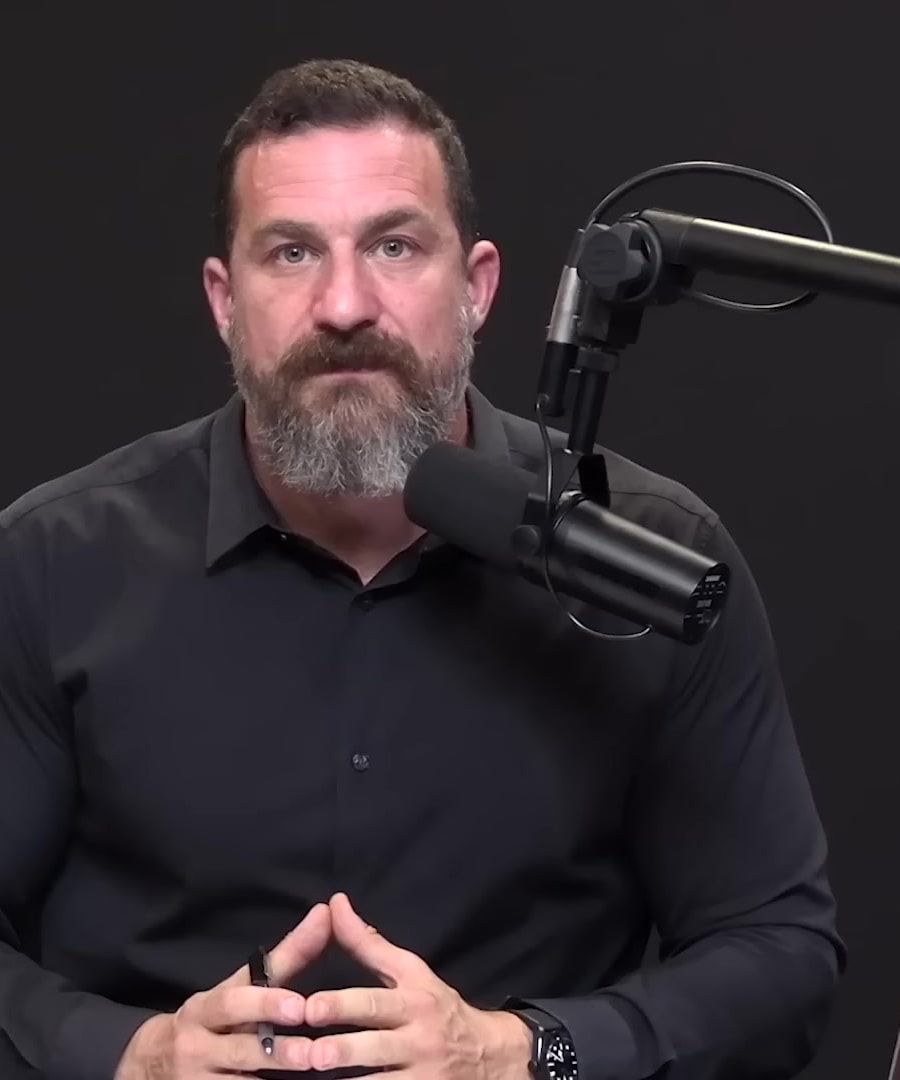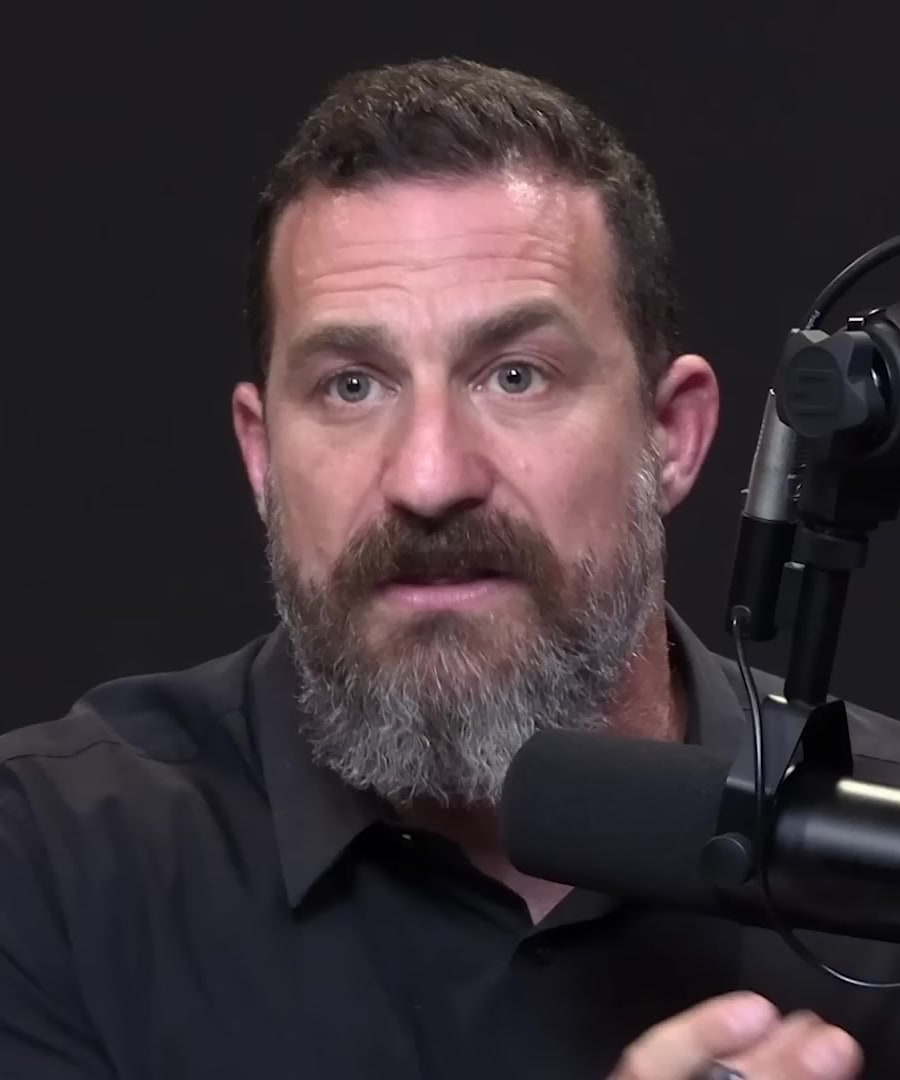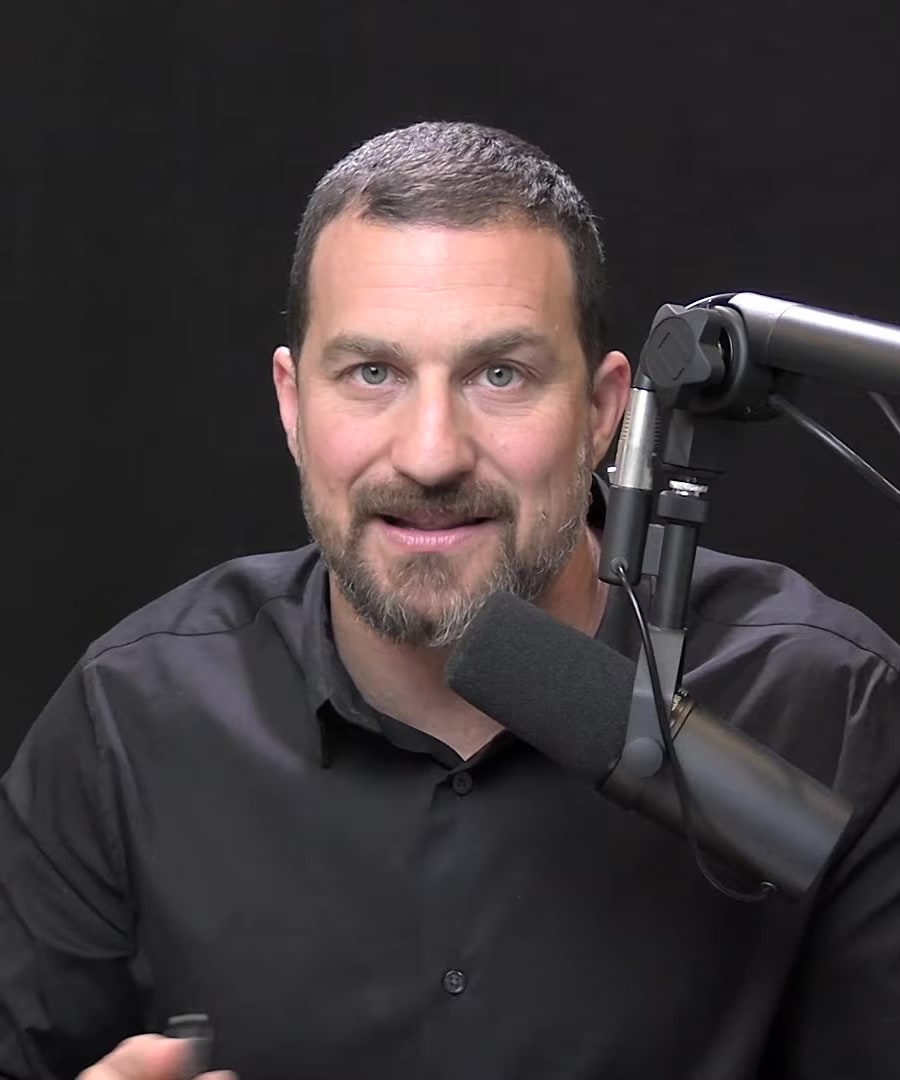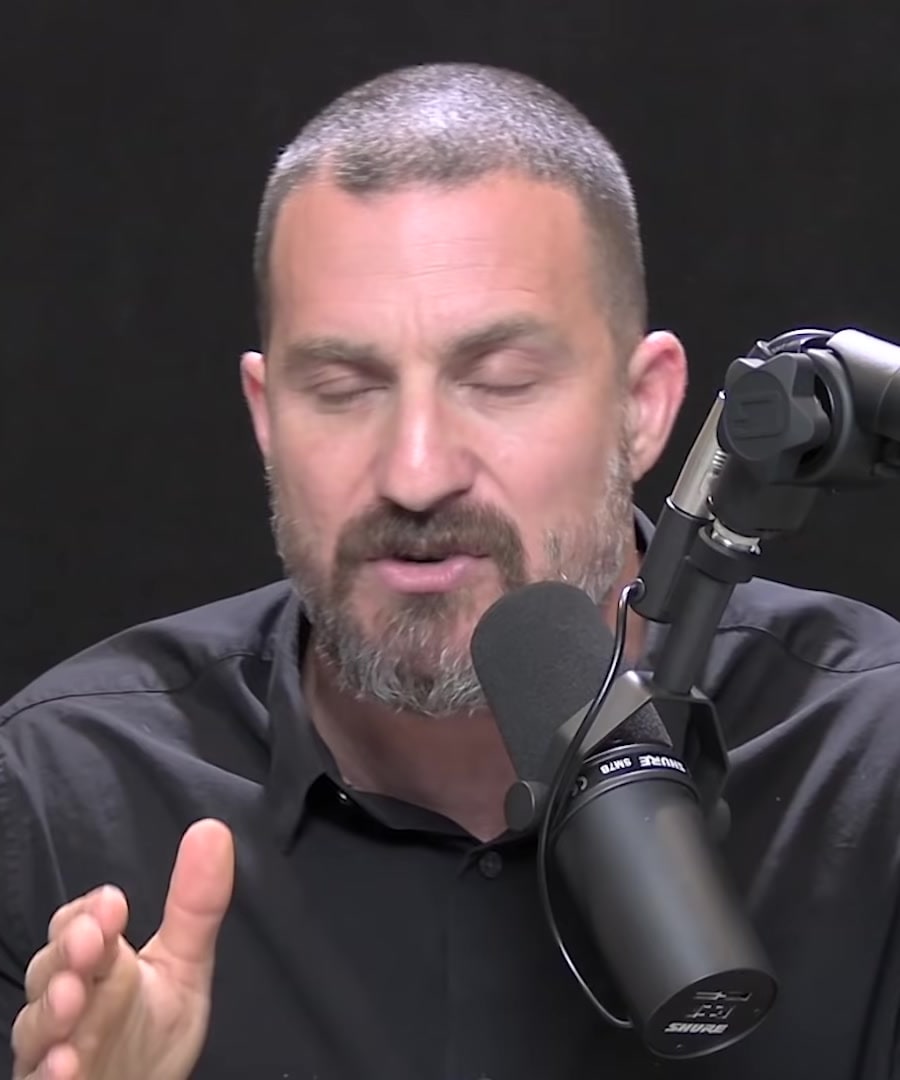What are the best protocols for reducing anxiety?
Sources:
To reduce anxiety, several effective protocols and techniques are recommended by on the :
-
Cyclic Physiological Sigh: This breathing technique, performed for five minutes daily, involves two inhales through the nose followed by a full exhale through the mouth. It's shown to improve mood, reduce anxiety, and enhance heart rate variability and autonomic function, offering benefits across emotional and physical health 1.
-
Cyclic Hyperventilation: Involving deep, repetitive breaths, this method can increase alertness and energy by boosting adrenaline. However, it might not be suitable for those prone to anxiety or panic attacks, as it can be stimulating 2.
-
Sauna with Cold Exposure: A protocol involving 12-minute sauna sessions followed by cold exposure has shown to significantly lower cortisol levels, which are associated with stress 3.
-
Journaling: Writing about traumatic or stressful events in a structured manner, across four sessions, has demonstrated benefits in reducing anxiety and improving emotional health. This protocol helps alleviate symptoms of anxiety and offers significant, long-lasting benefits 4 5.
-
NSDR (Non-Sleep Deep Rest) Protocols: Techniques like Yoga Nidra and specific types of meditation help induce a state of calm. These practices teach the nervous system to activate the parasympathetic calming response, which can be crucial for managing anxiety and improving sleep quality without medication 6.
-
Hypnosis: Accessible through resources like Reveri, hypnosis can enhance relaxation, focus, and even aid in reducing anxiety. It involves guided mental states that promote calm and mental clarity, without the grogginess sometimes associated with other relaxation methods 7.
Collectively, these protocols cater to various aspects of mental and physical well-being and can be integrated into daily routines to help manage anxiety.
RELATED QUESTIONS-
What are the best protocols for reducing anxiety?
- RELATED QUESTIONS
